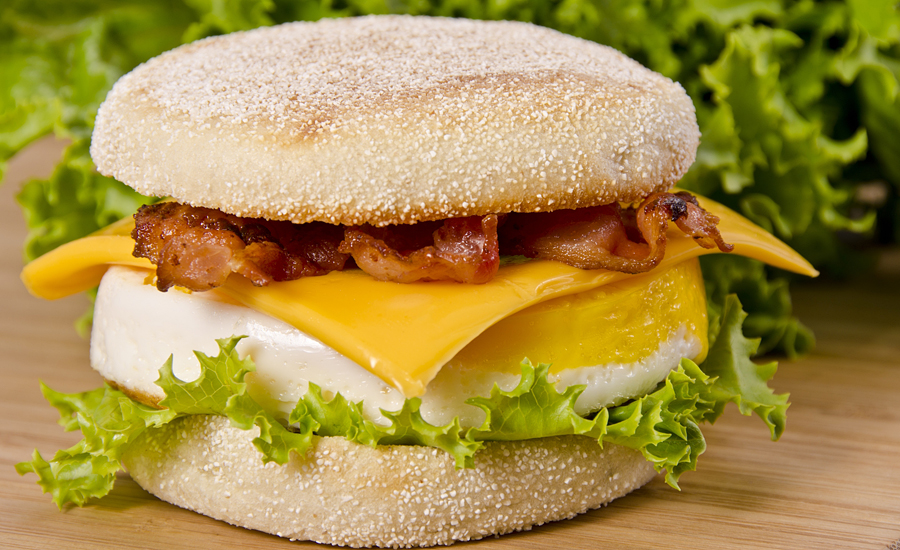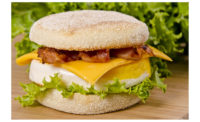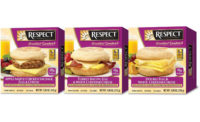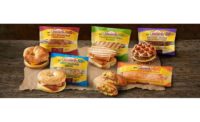In foodservice, breakfast represents a vast frontier to capture additional dining dollars. In fact, sales during the breakfast daypart reached an estimated $52.2 billion in 2015 and are forecast to climb to $60.4 billion by 2019, according to Mintel, Chicago.
On the retail side however, consumers are diversifying their breakfast selections, from yogurt to frozen breakfast sandwiches and even frozen snacks like bagel bites. They’re also opting for foods that are quick to prepare and eat and offer an affordable alternative to eating out.
Here, senior foodservice analyst Julia Gallo Torres and food analyst Amanda Topper explore how breakfast trends are influencing U.S. consumer foodservice and retail purchases.
Convenience
Foodservice: Face it, consumers have increasingly hectic lives and agree that they are too busy to eat a sit-down breakfast at home. Portability is paramount to the growth of the foodservice category. Behemoths such as Taco Bell, Dunkin’ Donuts, Starbucks and McDonald’s have devised breakfast sandwiches that are heartier and feature big flavors in an effort to appeal to the breakfast desires of U.S. men ages 18-34, who are the most apt to purchase breakfast from a restaurant (82%).
Hispanics are another demographic worth considering. According to Mintel’s “Hispanic Consumers and Dining Out US 2015” report, Hispanic consumers’ expenditures on dining out reached a total of $64.3 billion in 2014, and are expected to climb to $89.3 billion by 2019. Morning beverages are a good focus area for this group, given that 71% of Hispanics have purchased beverages in the past month compared to 53% of non-Hispanics.
Retail: Convenience is important across a range of breakfast food categories, including frozen breakfast foods and in-store baked goods. Breakfast sourced at home is valued for its convenience, quick preparation and cost, which is typically less than in foodservice. It also has a more healthful perception compared to foodservice breakfast.
The portability and convenience of enjoying these items at work or on the go make them a suitable breakfast option.
Breakfast any time
Foodservice: Expanding breakfast hours is on the cusp of exploding, especially as McDonald’s takes the leap into all-day breakfast hours in all of its 14,000 U.S. locations. Additionally, White Castle launched a 24-hour breakfast program that includes a variety of breakfast sandwiches.
The change to all-day breakfast could drive brands to add more options to the breakfast menu. McDonald’s is already testing a line of upscale breakfast items in the United States, and announced that it is switching to serving only cage-free eggs in the next decade—an especially meaningful proposition to ethically minded Millennials.
Retail: While breakfast has traditionally been a morning meal occasion, that notion has started to shift to an all-day occasion. The increase of consumers who are snacking, and sometimes replacing meals with snacks, has influenced many food categories to be viewed as a snack. A full 70% of U.S. snackers agree anything can be considered a snack these days. With all-day eating becoming more prevalent, breakfast food consumption also is expanding throughout the day. Within the frozen breakfast food category for example, more than one in five consumers eats frozen breakfast foods for a different meal than breakfast.
Health
Foodservice: It’s a mistake to offer only healthy or only indulgent breakfast options because the desire for each is nearly equal – 23% of U.S. consumers want indulgent foods, while 22% want healthy options. However, healthy breakfast items is a growing proposition, considering the plethora of yogurts, oatmeal and smoothies offered on menus.
It’s safe to say a fair amount of consideration has been given to better-for-you innovation when kale is listed on fast food menus. And, avocado continues to trend. However, not much imagination is needed to develop indulgent breakfast items, which may best serve customers’ needs if they are handed over in portable sandwich convenience.
Retail: The lack of time to eat combined with the importance of eating breakfast impacts consumer preferences for highly nutritious breakfast foods. High protein and high fiber are some of the most important attributes consumers look for, and many brands are emphasizing the protein and fiber content in their products, while others emphasize the natural qualities of the ingredients. Consumers also are becoming increasingly wary of anything artificial in the food they consume. Brands are taking note and responding to consumer demand for foods that are less processed.
There are also several instances where consumers indicate that taste trumps health. Nearly one-quarter of consumers eat frozen breakfast foods even though they seem unhealthy, while more broadly speaking 51% of consumers agree taste is more important than health when eating snacks.
Cost
Foodservice: Affordability has to be a key consideration when expanding the breakfast menu. Half of consumers say that price is their leading concern when choosing restaurants to visit at for breakfast. While breakfast is generally a lower-priced meal, when compared to lunch and dinner, the items must be enticing enough to substantiate the extra cost of dining out. Using novelty ingredients is something that makes breakfast foods more exciting than the fare available at home. It’s also important to have a variety of menu items at different price points.
Retail: The cost of foods is both a key factor in consumers’ purchases, as well as an area of concern. While some purchase retail breakfast foods to save money on dining in restaurants, others view retail breakfast foods as too expensive.
As consumers continue to operate on tighter budgets, retail breakfast foods can be positioned as a way to save money, especially when compared to foodservice spending. This positioning is likely to resonate with the 23% of consumers who agree they eat breakfast at restaurants too often. Retail brands should focus on the cost savings for consumers when purchasing their products compared to similar products at foodservice.






